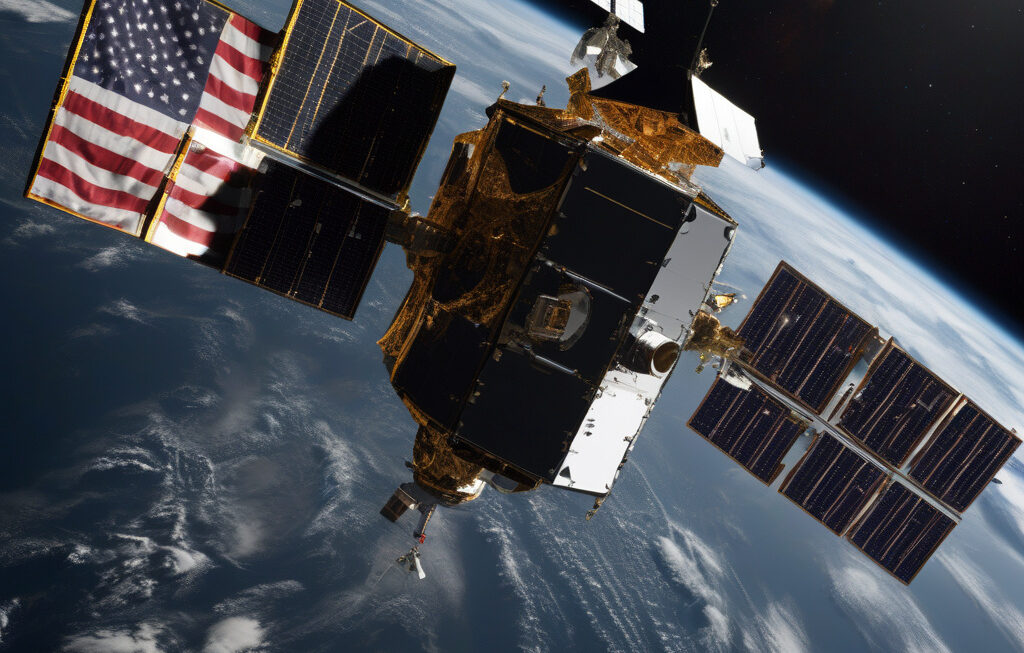Rare Earth Element Extraction Breakthrough Could Boost US’ Position in Critical Tech
Ever wondered what makes your smartphone screen so bright and colorful? The secret lies in rare earth elements (REEs). These elements are essential components in various high-tech products such as smartphones, electric vehicles, wind turbines, and defense systems. Despite their name, REEs are not actually rare in the Earth’s crust; however, they are rarely found in high concentrations, making their extraction a challenging and costly process.
The United States heavily relies on foreign sources, primarily China, for its supply of REEs. This overreliance poses a significant national security risk and hinders the country’s competitiveness in critical technologies. Recognizing the strategic importance of securing a domestic supply of REEs, researchers and companies have been actively seeking innovative extraction methods to reduce dependency on foreign imports.
Recently, a groundbreaking extraction technology has emerged, offering a potential solution to the REE supply chain dilemma. This new approach, developed by a team of scientists at a US-based research institution, utilizes a combination of advanced chemical processes and environmentally friendly techniques to extract REEs from various sources, including coal waste, mining byproducts, and recycled electronic waste.
Unlike conventional extraction methods that are energy-intensive, generate large amounts of waste, and pose environmental risks, this innovative technology offers a more sustainable and cost-effective alternative. By leveraging the principles of green chemistry and process optimization, the new extraction process not only reduces the environmental footprint but also increases the overall efficiency of REE recovery.
The implications of this breakthrough are far-reaching, with the potential to reshape the global REE market and bolster the US’ position in critical technologies. By establishing a domestic supply chain for REEs, the US can enhance its technological sovereignty, reduce supply chain vulnerabilities, and stimulate economic growth through the development of a robust REE industry.
Furthermore, the adoption of this advanced extraction technology aligns with the growing demand for sustainable practices and responsible sourcing in the tech industry. As consumers become more environmentally conscious and socially aware, companies that prioritize ethical supply chains and eco-friendly manufacturing processes are poised to gain a competitive edge in the market.
In addition to its economic and strategic benefits, the widespread implementation of this innovative extraction technology could also have positive implications for the environment. By repurposing waste materials and minimizing the environmental impact of REE extraction, the new process supports the transition towards a circular economy model and contributes to global efforts to combat climate change.
As the US continues to invest in advanced technologies and critical infrastructure, securing a stable and diversified supply of REEs is paramount for maintaining its leadership in innovation and competitiveness in the global market. With the development of this breakthrough extraction technology, the US has the opportunity to revitalize its domestic REE industry, create new job opportunities, and drive technological advancements across various sectors.
In conclusion, the recent breakthrough in rare earth element extraction represents a significant milestone in the quest for technological independence and resource security. By harnessing the power of innovation and sustainability, the US can strengthen its position in critical tech sectors, reduce its reliance on foreign imports, and pave the way for a more resilient and environmentally conscious future.
rare earth elements, extraction technology, US competitiveness, sustainable practices, critical technologies












